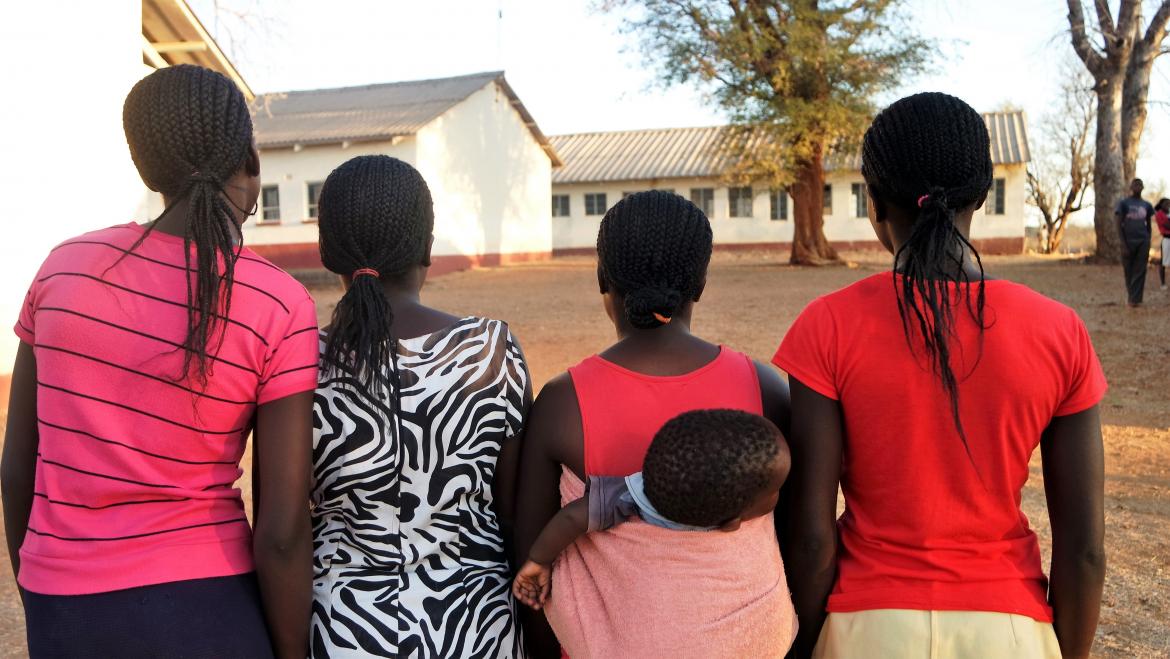New statistics by the Ministry of Health released on Tuesday show that, in the last one year, on average, 98 new HIV infections were recorded every week among adolescents of age 10-19 years. The rise has been caused by the triple threat of new HIV infections, gender and sexual violence and adolescent pregnancies, as Kenya remains the third-highest country worldwide with teenage pregnancies where one in every five adolescent women aged 15 -19 are already mothers or pregnant with their first child.
“Fellow Kenyans, I am fully aware reproductive health is dear & speak to the very heart of a nation’s existence, but let us have a healthy discourse as a nation by not allowing reproductive health to be the entry point for ill health,” said Health PS Susan Mochache.
Speaking while launching the policy, The Health Principal Secretary Susan Mochache was speaking while launching the the National Reproductive Health Policy (2022-2032) stated, the Kenyan government recognises reproductive health as an essential component of the national development agenda.
“Kenya has the 3rd highest teen pregnancies worldwide where one in every five adolescents aged 15 -19 are already mothers or pregnant with their first child,” said Health PS Susan Mochache.
In 2017, Kenya recorded close to 67,000 adolescent pregnancies out of over 317,000 pregnancies. Most of the adolescent pregnancies were girls aged 10 to 19.
Nine counties, Nairobi, Kajiado, Homabay, Meru, Kericho, Narok, Kisii, Mandera and Bomet contributed to 56% of all teenage pregnancies among adolescents between 10 – 14 years of age.
The policy seeks to address age specific needs of the entire life spectrum of the Kenyan population & contains bold steps meant to achieve universal quality reproductive healthcare and services in line with the right to the highest status of health enshrined in the constitution.
“We deliver about 12000 women every month and out of this, 10% are mothers between 10-19 years… in the last one year, we have seen almost 6,000 teen pregnancies in Nairobi and 50% of them end up being HIV positive,” Dr. Ouma Oluga noted.
The Ministry of Health also says HIV AND AIDS remain a major public health threat for adolescents and young people. Numbers by the National Aids Control Council (NACC) show rising cases of new HIV infections and adolescent pregnancies.
As the country makes some strides in ending AIDS in adolescent girls and young women, as a public health threat by 2030, Kenya still faces a ticking time bomb of the large number of women of child bearing age, getting infected with HIV.
Adolescents aged 10 -19 account for 53 % of all sexual gender-based violence cases as of 2021.
Adolescents and young adults aged 15 -29 contribute to 61% of all new adult HIV infections.
13 counties, among them Kisumu, Kisii, Narok, Nandi, Laikipia and Tana River accounted for 72% of all new infections.
In 2021, Dagoretti North-Sub County contributed to 15% of all new HIV infections of over 430 adolescents aged 10-19 years in Nairobi County.
Teenage pregnancy remains clear evidence of unprotected sex that carries other risks beyond pregnancies. More than 1.4 million Kenyans are living with HIV as of 2021. Children aged 0-4 years accounted for over 78,000 of the infected population, with the vulnerability of adolescent girls and young women attributed to poverty, lack of education and work opportunities.
In effort to end the three key issues affecting young and adolescent people, the Ministry through the National Aids Control Council has launched a new countrywide campaign dubbed ‘End the Tripple Threat.’







